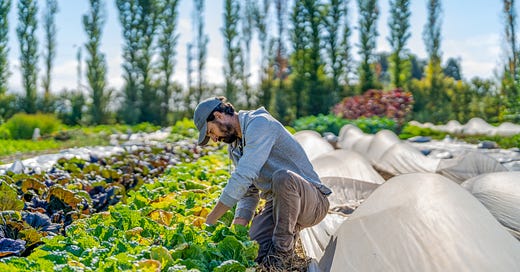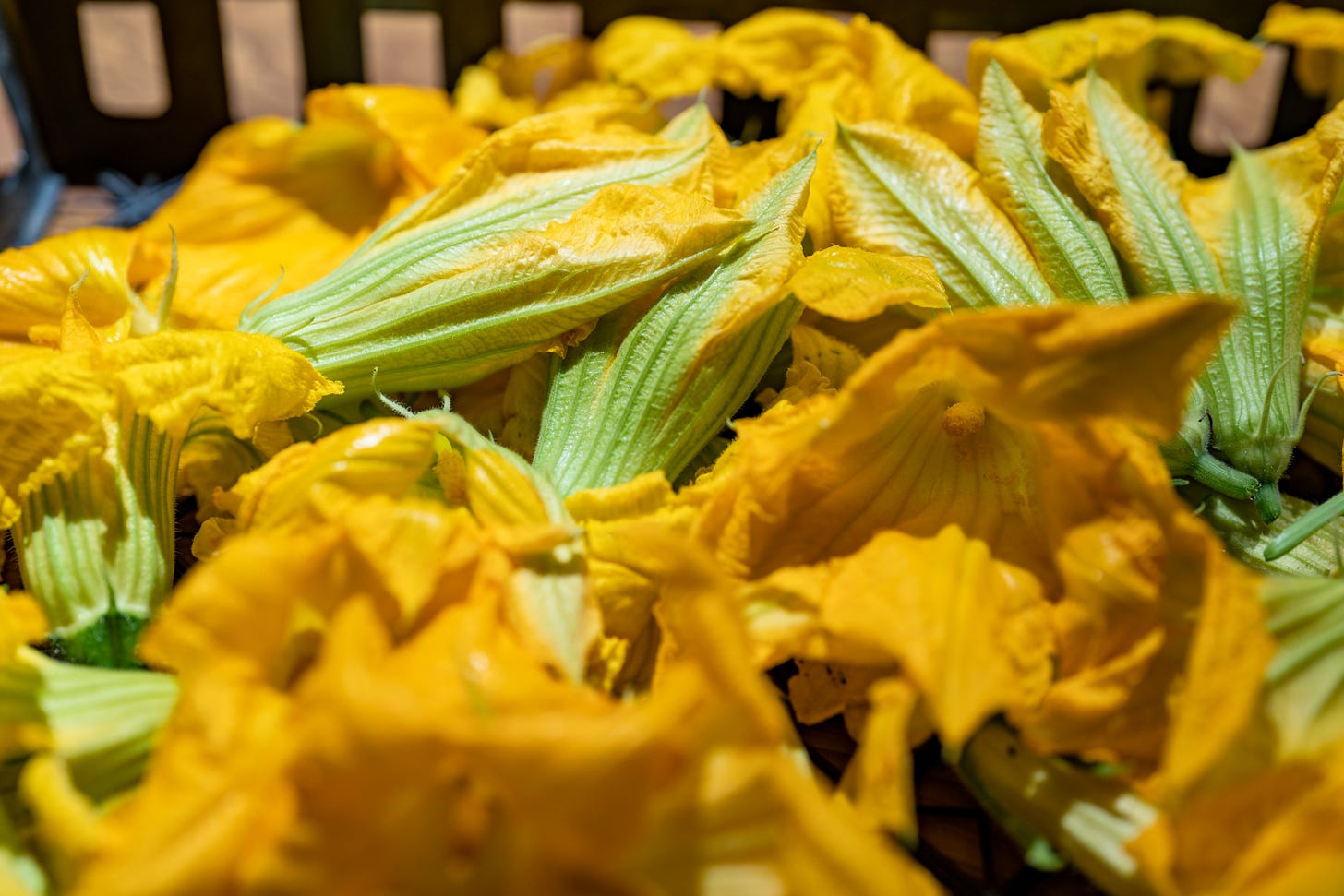NAPA, Calif. — In early 2008, when the economy had started to decline, I was watching the news on television. The story concerned a woman in Pennsylvania who had been laid off from her job. She was filmed pushing a shopping cart out of a grocery store and asked what she had purchased with her final paycheck. She showed the reporter all forms of processed foods in cans, boxes and plastic containers. She hadn’t purchased a single fresh or nutritious food.
Here was someone who had just lost her source of income but had also gained something she may not have had before: time. Now she could prepare more time-consuming but less-expensive, more-nutritious food for her family. Yet she chose to purchase food that required minimal preparation time, was costly and for the most part low in nutrition.
It struck me that this person now might have the time to devote to gardening for food to feed her family. I didn’t know if she had a yard with room for a garden, had access to a community garden, or had a friend or relative with room for a garden, but if she did, then gardening for food would have been a good option for her.
She could feed her family fresh veggies and also preserve some of the bounty of the garden for later consumption. She might also even have given some away. Eating more nutritious food at a lower cost is a win-win.
I’ve been gardening for food for many years — not because I can’t afford to buy processed foods but because I want the freshest, most nutritious organic and non-genetically engineered food possible. I want to know where my food comes from and how it was grown, and I want it year-round.
I started with several 4-feet-by-8-feet raised beds, and every year I added a couple more until I had 26 raised beds. No one needs 26 raised beds for a family of two, so I take great pleasure in being able to give away a lot of what I grow.
Gardening for food includes growing vegetables such as tomatoes, summer squash and eggplant that you plant in the spring to eat in the summer. I’m also now eating crops I planted in the winter, such as garlic, onions and potatoes that can be stored and enjoyed long after harvest.
The garlic I harvest in summer usually lasts for almost a year. The onions last for months, and we never have to buy potatoes between June and December.
I love growing storage beans, like cannellini and cranberry beans. Once dried, they last forever, but when you grow your own and get used to eating beans that are less than a year old you realize how much more flavorful they are.
A few years ago my wife and I started growing Floriani red flint corn. This variety is widely planted in Italy’s Po Valley for polenta, and you will never have polenta as delicious as that you make with your own Floriani red flint corn.
I also plant veggies in late summer to early fall. These include broccoli, cabbage, cauliflower, kale, kohlrabi, chard and lettuces. It’s rewarding to watch them grow and think about the meals you will make with them.
Gardening for food also typically includes canning, freezing or drying so you can enjoy the fruits of your labor months later. In our house there is no such thing as too many tomatoes. What we don’t eat fresh gets peeled, seeded and transformed into tomato sauce. Some of that tomato sauce then becomes ketchup, chili sauce, barbecue sauce, marinara sauce or, after reduction, tomato paste.
We also put up whole peeled tomatoes, and we chop some tomatoes and preserve them as salsa. We roast chiles and then freeze them for use later in many Southwestern dishes. And we dry chilies, tomatoes and herbs for seasonings year-round.
It has been more than 15 years since I saw that story on the news, but I haven’t been able to get the woman out of my mind. My hope is that even just one person will read this article and start gardening for food and then will tell another person until everyone is eating more-affordable and more-nutritious meals.
Workshop: Join UC Master Gardeners of Napa County for a workshop on “A Succulent/Dry Garden Is Dry, Not Drab, and Totally Fab!” on Saturday, July 29, from 10 a.m. to noon, at Las Flores Learning Garden, 4300 Linda Vista Ave., Napa. Learn how to put amazing water-saving succulent plants to work in your home landscape. Register here.
Library talk: Join UC Master Gardeners of Napa for “Smart Landscaping With Ornamental Vines” on Thursday, Aug. 3, from 7 to 8 p.m. via Zoom. Learn more about vine behavior, cultivation and control, and suggested species for Napa Valley. Register to receive the Zoom link here.
Food-growing forum: Join UC Master Gardeners of Napa County for a hands-on workshop on “The Fall and Winter Vegetable Garden” on Sunday, Aug.13, from 3 to 4 p.m., at University of California Cooperative Extension, 1710 Soscol Ave., Napa. Planning and some planting begins now if you want to harvest cool-season vegetables through fall and winter. Learn how to start vegetables from seed, transplant and time the harvest for best results. Register here.
Help desk: The Master Gardener Help Desk is available to answer your garden questions on Mondays and Fridays from 10 a.m. until 1 p.m. at the University of California Cooperative Extension Office, 1710 Soscol Ave., Suite 4, Napa. Or send your questions to mastergardeners@countyofnapa.org. Include your name, address, phone number and a brief description of the problem. For best results, attach a photo of the plant. You may also leave a voicemail message with the same information at 707-253-4143.
David Layland is a UC Master Gardener of Napa County.







Great photos.....thanks.